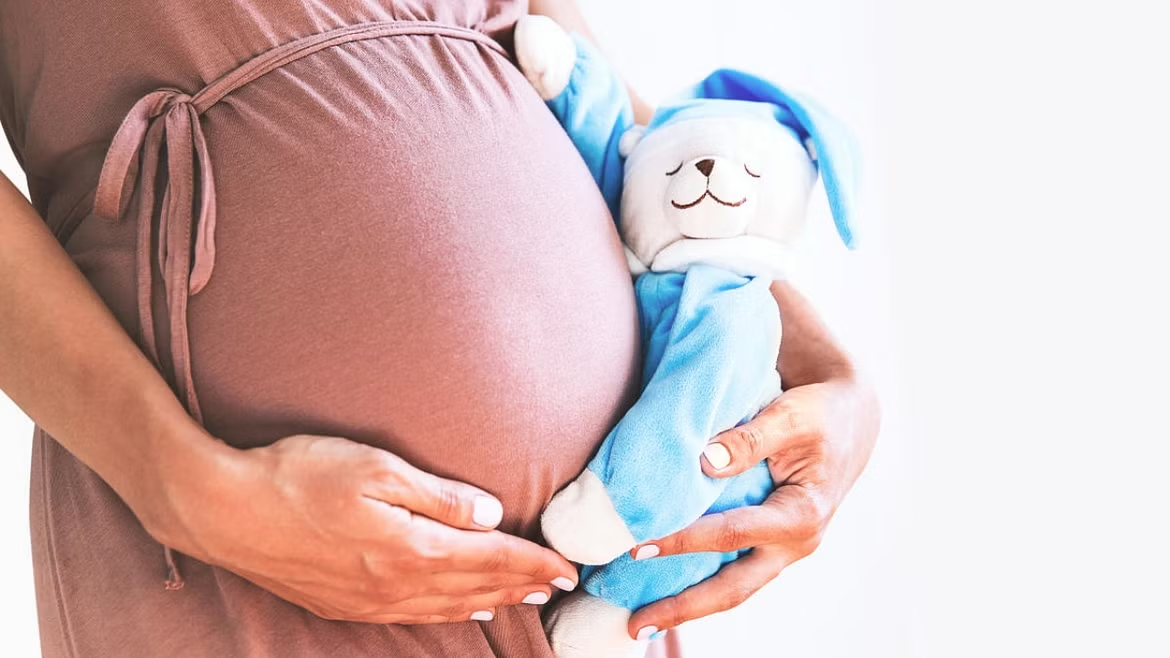At 41%, J&K Tops C-Section Delivery Rate in India
Late Marriages Reason For Higher Pregnancy-Related Risks: Dr Farhat Jabeen
Srinagar, Dec 16: Jammu and Kashmir’s cesarean delivery (CD) rate of 41% exceeds India’s national average of 21.5%, according to the National Family Health Survey-5 (2019–2021), analyzed by The Lancet.
This places J&K closer to southern states like Telangana and Tamil Nadu, where over-medicalization and heavy reliance on private healthcare are major contributors to higher CD rates.
According to Dr. Masuma Rizvi, Head of Obstetrics and Gynaecology at LD Hospital, the rise in cesarean deliveries in J & K is due to factors like late pregnancies, particularly in women over 35, and conditions such as hypertension and diabetes.
The lack of consistent, round-the-clock maternity services also leads many women to opt for cesareans over the risks associated with vaginal delivery.
“The global CD rate has been rising, ranging from 20% in Sub-Saharan Africa to as high as 70% in countries like Ireland and the US,” Dr. Rizvi noted.
She also highlighted a shift in younger generations, who are increasingly unwilling to endure labor pain, further driving up cesarean rates.
The region’s reliance on private healthcare exacerbates the problem. Dr. Rizvi emphasized that private nursing homes in J&K often lack adequate manpower and infrastructure, making cesareans a more convenient option.
Late marriages, a growing trend in J&K, are also a critical factor. Dr. Farhat Jabeen, former Head of Gynaecology at GMC Srinagar, explained that women marrying in their late 30s or 40s face higher pregnancy-related risks.
“Younger women are more likely to experience normal deliveries, but late marriages and infertility challenges often lead to cesareans,” she said.
The medicos stressed the importance of awareness campaigns to promote safe vaginal deliveries and the need for stricter regulation of private healthcare practices.
Vaginal delivery remains the safest option for most women, Dr. Jabeen said, and she called on the medical community, social media influencers, and community leaders to educate the public on the long-term implications of overusing cesarean procedures.
JKPCC Vice President Surinder Singh Channi Chairs Worker Meeting in Tral
Pulwama: JKPCC Vice President Surinder Singh Channi chaired a crucial worker…










